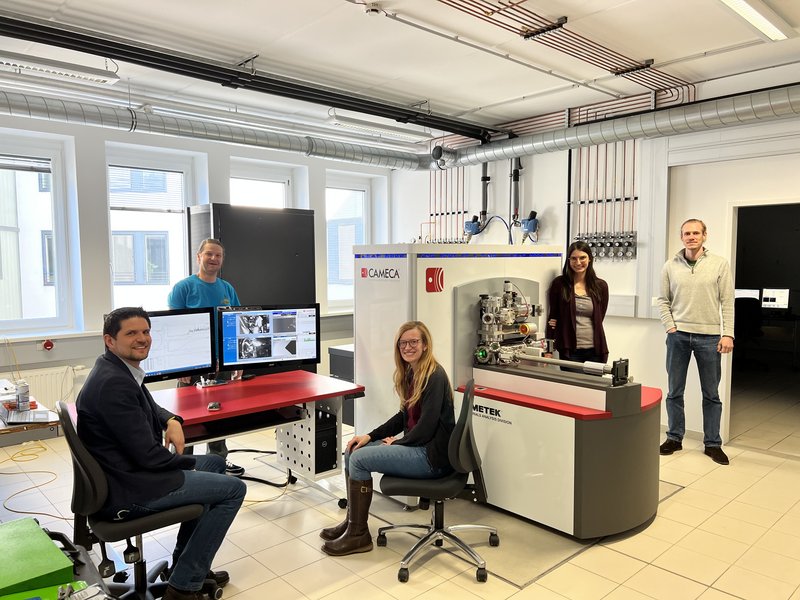Atom probe tomography team
For the development of new materials or the improvement of already existing ones, the correlation of the physical, chemical and mechanical properties with the microstructure of the material is of great interest. The material has to be understood from the production route until service, from atomic to macro levels. Atom probe tomography (APT) has become indispensable in many research fields, when it comes to local chemical analysis at the atomic level.
The research fields at the Department of Materials Science reach from multi-phase structural materials to multifunctional thin films. As a part of the AMNC, the APT team can assist with all enquiries regarding APT measurements and provides support for realization of possible research work, both collaborative projects as well as contract research.
The APT team is in charge of two atom probe microscopes. For the desired investigations, an atom probe of the type LEAP 5000 XR, as well as a LEAP 3000X HR from Cameca Inc. are available.
The functional principle of both microscopes is based on the local electrode atom probe (LEAP) setup: the atoms from a highly sharp tip (<50 nm in apex radius) are field evaporated, triggered by either a high-voltage pulse or a thermal pulse provided via a laser beam. The atoms are ionized and evaporated layer by layer and are accelerated in the electric field (5-15 kV) between tip and local electrode towards a position sensitive detector. The detector simultaneously records the time of flight as well as the positions of the arriving ions, enabling a 3D reconstruction of the ablated tip with information of its chemical structure through the obtained mass spectra.
Some applications of APT are:
- chemical composition characterization of different precipitates/phases in nanometer/atomic scale
- investigation of interfaces
- multifunctional thin films
- calculation of volume and phase fractions
- morphology of precipitates
- study of diffusion coefficients between phases

